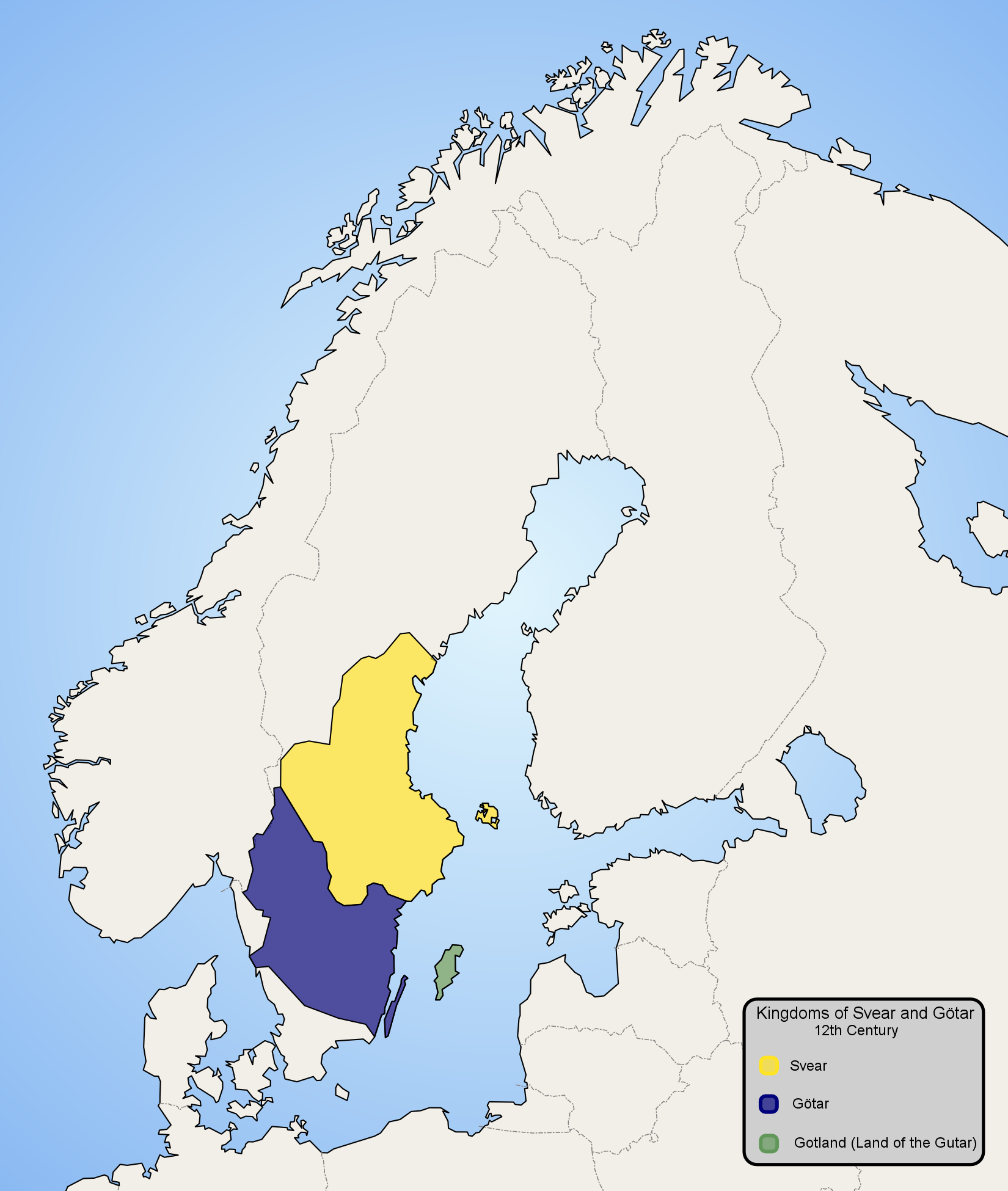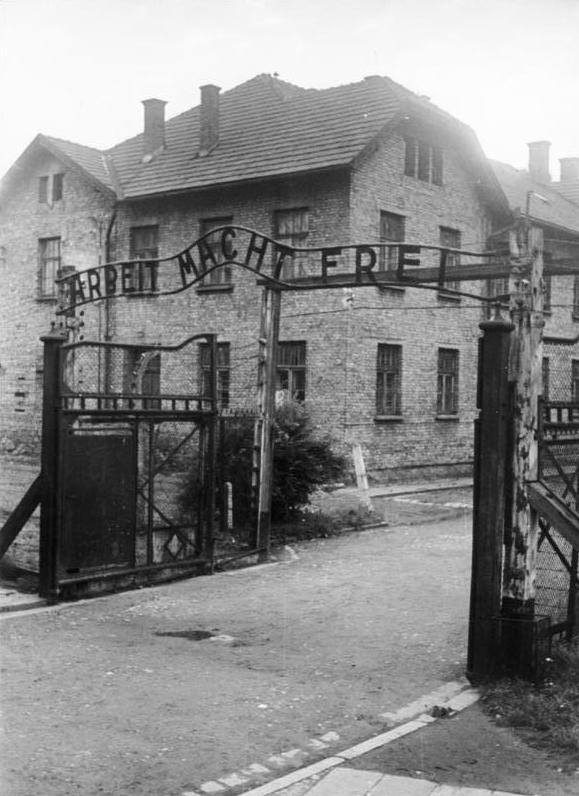|
Birgit Sawyer
Birgit Sawyer (1945 – 2016) was a Swedish historian specializing in medieval Scandinavia, particularly rune stones and medieval Scandinavian women. Biography She was born Birgit Sandberg in Gothenburg in 1945. With her first husband, Johnny Strand, she had three daughters. She married fellow historian Peter Sawyer in 1981. She earned her PhD in History from the University of Gothenburg in 1981, where she then became associate professor. She held a chair in medieval history at the University of Trondheim A university () is an institution of higher (or tertiary) education and research which awards academic degrees in several academic disciplines. ''University'' is derived from the Latin phrase ''universitas magistrorum et scholarium'', whic ... from 1996 to 2007, during which time she moved back and forth between Trondheim and Uppsala. In 2000 she published ''Viking Age Rune Stones'' after encountering runic inscriptions carved by women, Gerlög and Inga, and beco ... [...More Info...] [...Related Items...] OR: [Wikipedia] [Google] [Baidu] |
Swedes
Swedes ( sv, svenskar) are a North Germanic ethnic group native to the Nordic region, primarily their nation state of Sweden, who share a common ancestry, culture, history and language. They mostly inhabit Sweden and the other Nordic countries, in particular Finland where they are an officially recognized minority, with a substantial diaspora in other countries, especially the United States. Etymology The English term "Swede" has been attested in English since the late 16th century and is of Middle Dutch or Middle Low German origin. In Swedish, the term is ''svensk'', which is from the name of ''svear'' (or Swedes), the people who inhabited Svealand in eastern central Sweden, and were listed as ''Suiones'' in Tacitus' history ''Germania'' from the first century AD. The term is believed to have been derived from the Proto-Indo-European reflexive pronominal root, , as the Latin ''suus''. The word must have meant "one's own (tribesmen)". The same root and original meanin ... [...More Info...] [...Related Items...] OR: [Wikipedia] [Google] [Baidu] |
Scandinavia
Scandinavia; Sámi languages: /. ( ) is a subregion in Northern Europe, with strong historical, cultural, and linguistic ties between its constituent peoples. In English usage, ''Scandinavia'' most commonly refers to Denmark, Norway, and Sweden. It can sometimes also refer more narrowly to the Scandinavian Peninsula (which excludes Denmark but includes part of Finland), or more broadly to include all of Finland, Iceland, and the Faroe Islands. The geography of the region is varied, from the Norwegian fjords in the west and Scandinavian mountains covering parts of Norway and Sweden, to the low and flat areas of Denmark in the south, as well as archipelagos and lakes in the east. Most of the population in the region live in the more temperate southern regions, with the northern parts having long, cold, winters. The region became notable during the Viking Age, when Scandinavian peoples participated in large scale raiding, conquest, colonization and trading mostly throughout Eu ... [...More Info...] [...Related Items...] OR: [Wikipedia] [Google] [Baidu] |
Gothenburg
Gothenburg (; abbreviated Gbg; sv, Göteborg ) is the second-largest city in Sweden, fifth-largest in the Nordic countries, and capital of the Västra Götaland County. It is situated by the Kattegat, on the west coast of Sweden, and has a population of approximately 590,000 in the city proper and about 1.1 million inhabitants in the metropolitan area. Gothenburg was founded as a heavily fortified, primarily Dutch, trading colony, by royal charter in 1621 by King Gustavus Adolphus. In addition to the generous privileges (e.g. tax relaxation) given to his Dutch allies from the ongoing Thirty Years' War, the king also attracted significant numbers of his German and Scottish allies to populate his only town on the western coast. At a key strategic location at the mouth of the Göta älv, where Scandinavia's largest drainage basin enters the sea, the Port of Gothenburg is now the largest port in the Nordic countries. Gothenburg is home to many students, as the city incl ... [...More Info...] [...Related Items...] OR: [Wikipedia] [Google] [Baidu] |
Peter Sawyer (historian)
Peter Hayes Sawyer (25 June 1928 – 7 July 2018) was a British historian. His work on the Vikings was highly influential, as was his scholarship on Medieval England. Sawyer's early work ''The Age of the Vikings'' argued that the Vikings were "traders not raiders", overturning the previously held view that the Vikings' voyages were only focused on destruction and pillaging. Sawyer is particularly known for his annotated catalogue of Anglo-Saxon charters. Anglo-Saxon charters are referenced by "Sawyer" numbers (abbreviated 'S' as for example in charter "S 407") according to his catalogue. Biography Sawyer was born in Oxford, England, on 25 June 1928, the son of Grace Woodbridge and Bill Sawyer, a tobacconist. He grew up in Oxford, except for time spent with relatives in Milford Haven during WWII. Sawyer studied at Oxford University from 1948 to 1951, where he was a member of Jesus College and graduated with a B.A. Honours in Modern History. He then was a research student ... [...More Info...] [...Related Items...] OR: [Wikipedia] [Google] [Baidu] |
University Of Gothenburg
The University of Gothenburg ( sv, Göteborgs universitet) is a university in Sweden's second largest city, Gothenburg. Founded in 1891, the university is the third-oldest of the current Swedish universities and with 37,000 students and 6000 staff members it is one of the largest universities in the Nordic countries. About With its eight faculties and 38 departments, the University of Gothenburg is one of the most wide-ranging and versatile universities in Sweden. Its eight faculties offer training in the Creative Arts, Social Sciences, Natural Sciences, Humanities, Education, Information Technology, Business, Economics and Law, and Health Sciences. The University of Gothenburg has the highest number of applicants per study place in many of its subjects and courses, making it one of the most popular universities in Sweden. History The University of Gothenburg was founded as ''Göteborgs högskola'' (Gothenburg University College) in 1891. In 1907 it was granted the same ... [...More Info...] [...Related Items...] OR: [Wikipedia] [Google] [Baidu] |
Norwegian University Of Science And Technology
Norwegian, Norwayan, or Norsk may refer to: *Something of, from, or related to Norway, a country in northwestern Europe *Norwegians, both a nation and an ethnic group native to Norway * Demographics of Norway *The Norwegian language, including the two official written forms: **Bokmål, literally "book language", used by 85–90% of the population of Norway **Nynorsk, literally "New Norwegian", used by 10–15% of the population of Norway *The Norwegian Sea Norwegian or may also refer to: Norwegian * Norwegian Air Shuttle, an airline, trading as Norwegian **Norwegian Long Haul, a defunct subsidiary of Norwegian Air Shuttle, flying long-haul flights *Norwegian Air Lines, a former airline, merged with Scandinavian Airlines in 1951 *Norwegian coupling, used for narrow-gauge railways *Norwegian Cruise Line, a cruise line *Norwegian Elkhound, a canine breed. *Norwegian Forest cat, a domestic feline breed *Norwegian Red, a breed of dairy cattle *Norwegian Township, Schuylkill County ... [...More Info...] [...Related Items...] OR: [Wikipedia] [Google] [Baidu] |
Gerlög And Inga
Gerlög or Geirlaug and her daughter Inga were two powerful and rich women in 11th-century Uppland, Sweden. Gerlög and Inga had their dramatic and tragic family saga documented for posterity on several runestones. They lived in a turbulent time of religious wars between Pagans and Christians concerning the sacrifices at the Temple at Uppsala, and like many people of their social standing they had chosen the new faith. Their saga has been the centre of an exposition at the Stockholm County Museum dramatizing their story. The Hillersjö stone is the main inscription. It recounts that Gerlög married with Germund in her maidenhood, and they had a son who is not named, but Germund drowned and the son died. Then Gerlög remarried with Gudrik and they had several children, but only one survived, who was named Inga. U 29: ''Then she got Guðríkr. He… this. Then they got children. And one maid lived; she was called Inga''. Translation provided by Rundata. Inga married Ragnfast of Sno ... [...More Info...] [...Related Items...] OR: [Wikipedia] [Google] [Baidu] |
1945 Births
1945 marked the end of World War II and the fall of Nazi Germany and the Empire of Japan. It is also the only year in which Nuclear weapon, nuclear weapons Atomic bombings of Hiroshima and Nagasaki, have been used in combat. Events Below, the events of World War II have the "WWII" prefix. January * January 1 – WWII: ** Nazi Germany, Germany begins Operation Bodenplatte, an attempt by the ''Luftwaffe'' to cripple Allies of World War II, Allied air forces in the Low Countries. ** Chenogne massacre: German prisoners are allegedly killed by American forces near the village of Chenogne, Belgium. * January 6 – WWII: A German offensive recaptures Esztergom, Kingdom of Hungary (1920–1946), Hungary from the Russians. * January 12 – WWII: The Soviet Union begins the Vistula–Oder Offensive in Eastern Europe, against the German Army (Wehrmacht), German Army. * January 13 – WWII: The Soviet Union begins the East Prussian Offensive, to eliminate German forces in East Pruss ... [...More Info...] [...Related Items...] OR: [Wikipedia] [Google] [Baidu] |
2016 Deaths
This is a list of deaths of notable people, organised by year. New deaths articles are added to their respective month (e.g., Deaths in ) and then linked here. 2022 2021 2020 2019 2018 2017 2016 2015 2014 2013 2012 2011 2010 2009 2008 2007 2006 2005 2004 2003 2002 2001 2000 1999 1998 1997 1996 1995 1994 1993 1992 1991 1990 1989 1988 1987 See also * Lists of deaths by day * Deaths by year {{DEFAULTSORT:deaths by year ... [...More Info...] [...Related Items...] OR: [Wikipedia] [Google] [Baidu] |
Deaths From Lung Cancer In Sweden
Death is the irreversible cessation of all biological functions that sustain an organism. For organisms with a brain, death can also be defined as the irreversible cessation of functioning of the whole brain, including brainstem, and brain death is sometimes used as a legal definition of death. The remains of a former organism normally begin to decompose shortly after death. Death is an inevitable process that eventually occurs in almost all organisms. Death is generally applied to whole organisms; the similar process seen in individual components of an organism, such as cells or tissues, is necrosis. Something that is not considered an organism, such as a virus, can be physically destroyed but is not said to die. As of the early 21st century, over 150,000 humans die each day, with ageing being by far the most common cause of death. Many cultures and religions have the idea of an afterlife, and also may hold the idea of judgement of good and bad deeds in one's life (heave ... [...More Info...] [...Related Items...] OR: [Wikipedia] [Google] [Baidu] |
21st-century Swedish Historians
The 1st century was the century spanning AD 1 ( I) through AD 100 ( C) according to the Julian calendar. It is often written as the or to distinguish it from the 1st century BC (or BCE) which preceded it. The 1st century is considered part of the Classical era, epoch, or historical period. The 1st century also saw the appearance of Christianity. During this period, Europe, North Africa and the Near East fell under increasing domination by the Roman Empire, which continued expanding, most notably conquering Britain under the emperor Claudius (AD 43). The reforms introduced by Augustus during his long reign stabilized the empire after the turmoil of the previous century's civil wars. Later in the century the Julio-Claudian dynasty, which had been founded by Augustus, came to an end with the suicide of Nero in AD 68. There followed the famous Year of Four Emperors, a brief period of civil war and instability, which was finally brought to an end by Vespasian, ninth Roman ... [...More Info...] [...Related Items...] OR: [Wikipedia] [Google] [Baidu] |





